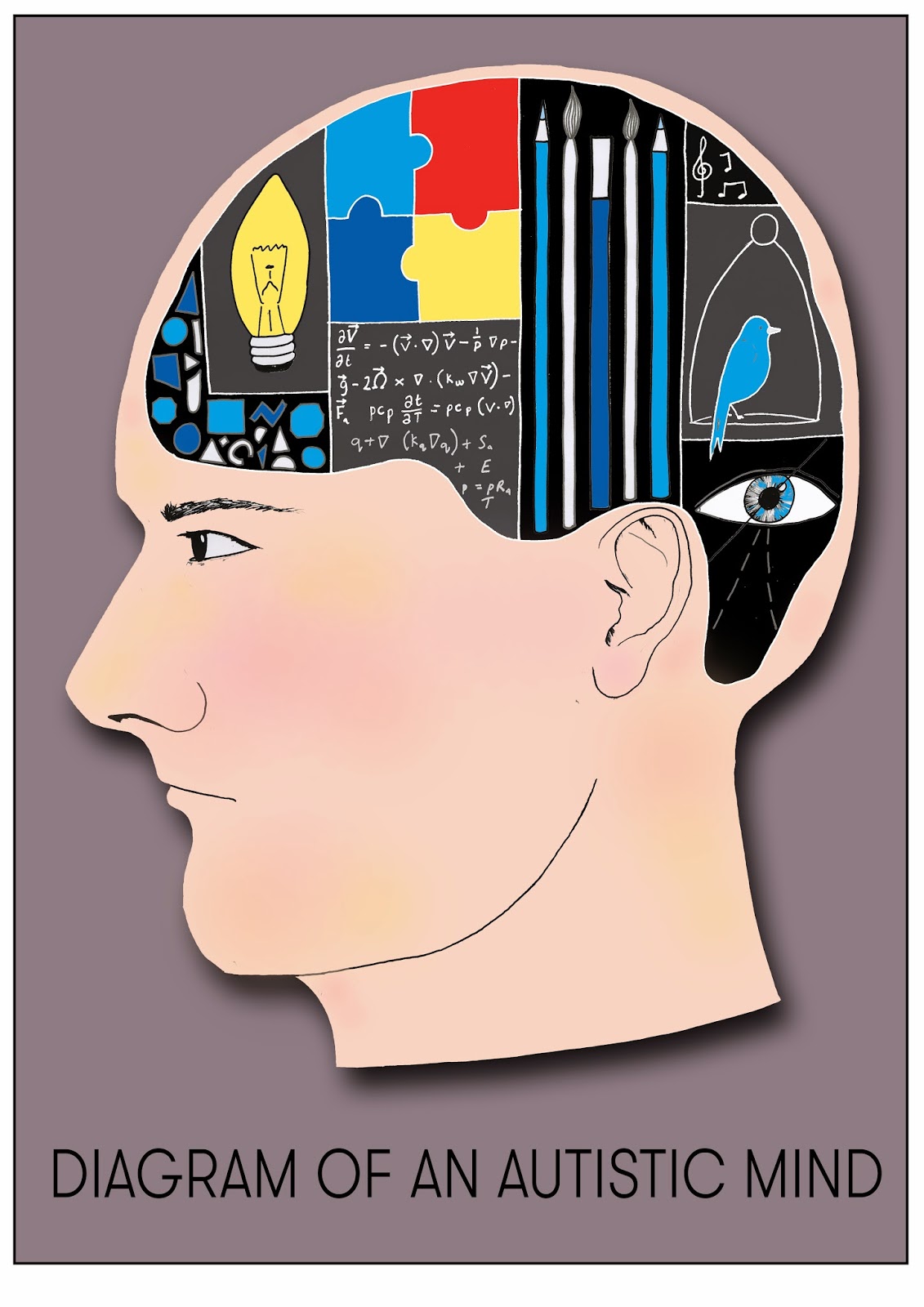Leeds College of Art
BA (Hons) ILLUSTRATION
Level 04
OUIL401 Context of Practice Credits 20
End of Module Self Evaluation
NAME: TILLY BUTTERS
1. What skills have you developed through this module and how effectively do you
think you have applied them?
During this module, I feel I have developed the skills to research a topic thoroughly
in order to extract the important and necessary sections of information. The subject
I studied was so great that it was crucial for me to highlight the important factors,
meaning research was vital.
Making literature visual was also a skill that i gained from this module, and although
I feel my visual outcome could have been better, I feel I tackled a difficult subject. I
had to change my ideas quite a few times in order to show what autism was, and
not to show my opinion on the subject, or tell people how to feel about it. This was
extremely difficult for me, however I think the end result is a reflection of what I
learnt.
2. What approaches to/methods of research have you developed and how have
they informed your practical outcomes?
Research was key for me, given that I didn't know anything about autism when I
started. Therefore I tried all methods of research. Books helped with factual
information, often very complex and scientific. Certain websites helped me to
understand an autistic persons point of view, and to empathise, which resulted
impacting my practical outcomes. It was important that I kept the balance between
a factual visual outcome and something I felt strongly about.
I think my Petcha Kutcha presentation was based on how I felt much more than it
was informative. I took this on board when creating my visual diagram, and tried to
use all sources of information to create a clear diagram of what autism is, rather
than how I felt about it.
3. What strengths can you identify in your work and how have/will you capitalise on
these?
My knowledge on the subject has expanded vastly since the beginning, and I feel
my strengths lie primarily in my research. Making such broad subject into one
visual diagram was also something I feel I did well. Given that the spectrum is so
broad, I really struggled with pin pointing the most important factors and then
turning them into an informative visual diagram. However Im happy with my
outcome, and feel I tackled my problems with this well.
4. What weaknesses can you identify in your work and how will you address these
in the future?
For me, my weaknesses are mainly in the visual research of my subject. I found it
really challenging to communicate what I knew and understood about autism, in a
way that the viewer would understand. I think i will give careful consideration before
choosing a topic so vast and complex next time, and make sure that I can visually
portray the subject before embarking on a very difficult journey with it. I would also
have liked to explore more methods of image making with this module, which is
something I will definitely do next time.
5. Identify five things that you feel will benefit you during next years Context of
Practice module?
1. Choosing something a little easier to make into a visual diagram, and
something that isn't so complex and dangerously easy to get wrong.
2. The ability to translate an essay into a visual diagram on a subject with
such in-depth complexities should definitely help me to communicate
through drawing during the next module.
3. During this years context of practice i felt I had to do a lot of problem
solving in order to get to the end result, therefore tackling complicated
obstacles more effectively will definitely benefit my work next year.
4. Blogging my research as I go would definitely benefit my research next
time, and perhaps drawing ideas as they come to me, rather than waiting
for the visual task to be set.
5. Petcha Kutcha has given me the confidence to talk passionately about a
subject I feel strongly about, which is definitely something I hope to build
on next year.






































